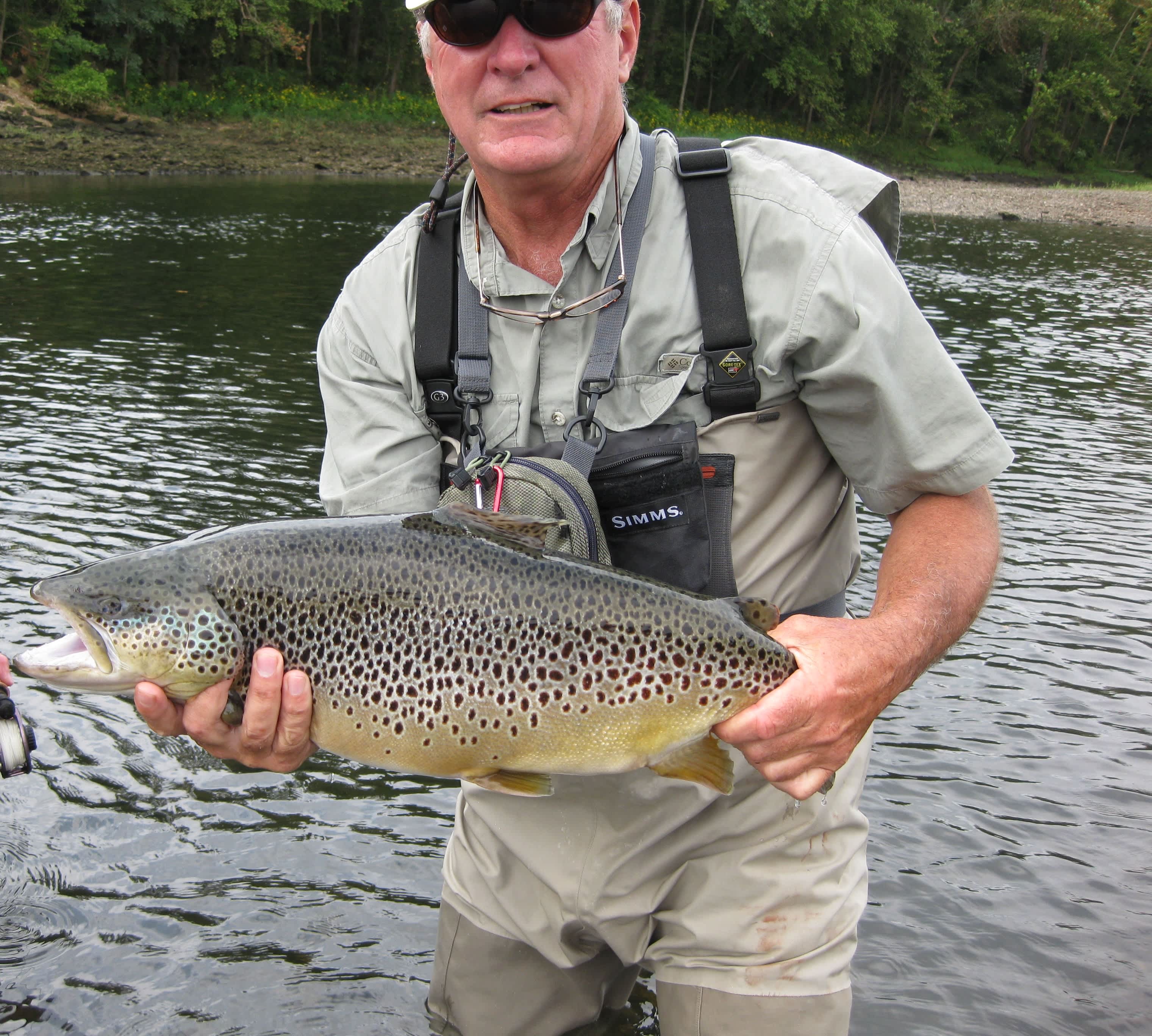How To Buy A Fly Rod
Ed Johnson 05.11.11

Fly fishing has always had a certain amount of outdoor romance and mystery attached to it. Setting yourself up with the right equipment can also be somewhat of a mystery until you learn the vocabulary of the sport of fly fishing. I was fortunate in having my grandfather “Buck” introduce me to fly fishing when I was 10 years old. My first fly rod was a South Bend fiberglass rod with an auto retrieve South Bend reel. It was a 5 weight with matching reel and line weight. I still have it today and still use a 5 weight fly rod today. These days I like the carbon and carbon wrap fly rods because they are so light.
So how do you get started fly fishing? There is a wealth of information on the internet but I have a simple formula that will put you, respectfully equipped I might add, on the stream. First there is a recommended prerequisite. Learn a simple vocabulary about equipment. Here is a starter: Fly rod weight. Fly rods are always marked with their weight…2, 2-3, 3, 4, 5, 6, and on up depending on whether or not you are fishing for giant fish. This weight actually designates the stiffness of the fly rod. The stiffer the fly rod, the more difficult it is to “feel” the line unless you are experienced. The best all around weight is a 5 WT. The weight of the reel should match the rod, no exceptions. All reels are designed to carry a certain weight of line, so again, be sure the line weight matches the reel that matches the fly rod. Ask your local fly shop pro to explain “weight forward” or “double tapered lines” and have him recommend a tippet, which is the leader you will attach to the fly line. Now, you are almost there!
The action of the fly rod is very important for a beginner. I teach with a medium action (also stamped on the fly rod). This action allows you to feel the line as you take the line back over your head and move it forward again. So to make it really simple for you, consider a nice combo fly rod set, complete with proper reel weight, line weight, and rod action. Bass Pro Shop or Cabelas is a good place to visit a fly shop. Don’t always buy on your first trip. Get a feel for the different fly rods and remember, paying a huge price for one does not necessarily make you a better caster. That can come later if you like the sport and get serious. Then, lookout! There are some fine fly rods out there! I would start with a price range of $119 to $169 for a very good combo to learn on. You can always pass it down to a youth and upgrade as your skills permit. There is plenty of instructional videos that are very helpful, but remember this if you don’t remember anything else, leave your floppy wrist out of the equation or you will not learn the proper casting technique. Keep your wrist stiff and try not to bend it at all. You will see that in the videos or learn it from any instructor. Learn to cast before you start buying waders and boots and fly packs, etc. I have taught many folks out on the lawn or in the street, preferably with no traffic. I have found that women are the best students because they listen intently and ask a lot of questions.
One little last piece of advice: When fishing for trout, ask your local fly shop what the most common food source is on a particular stream. If there is an abundance of fresh water shrimp (nicknamed “Scud”) then buy a few hand tied scuds. You can move on to all of the exotic lures later, and remember, leave your wrist at home and hang on for the thrill of a lifetime. Good luck and beware, you may just get hooked yourself.


